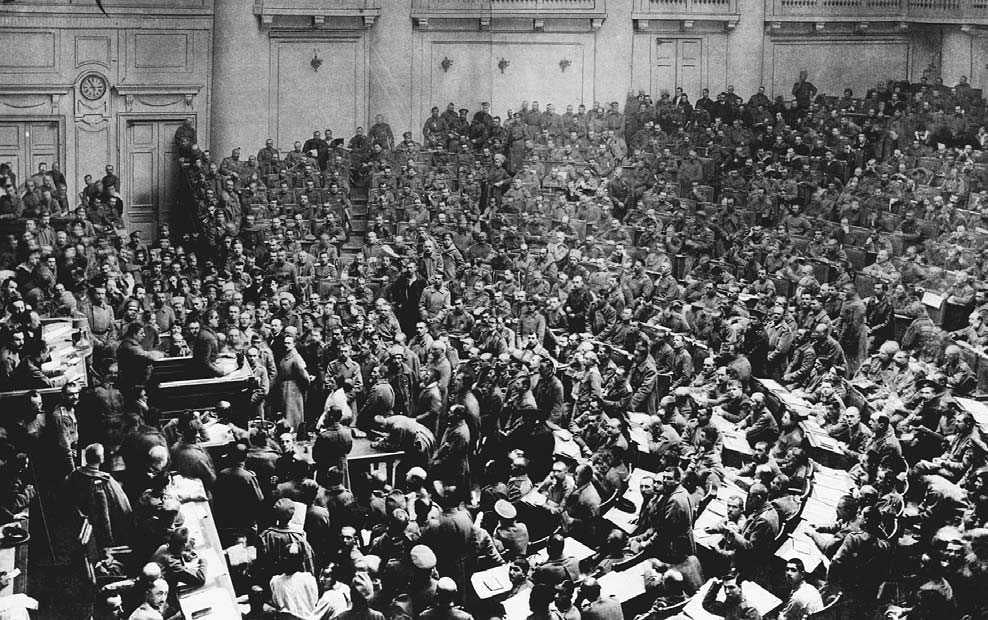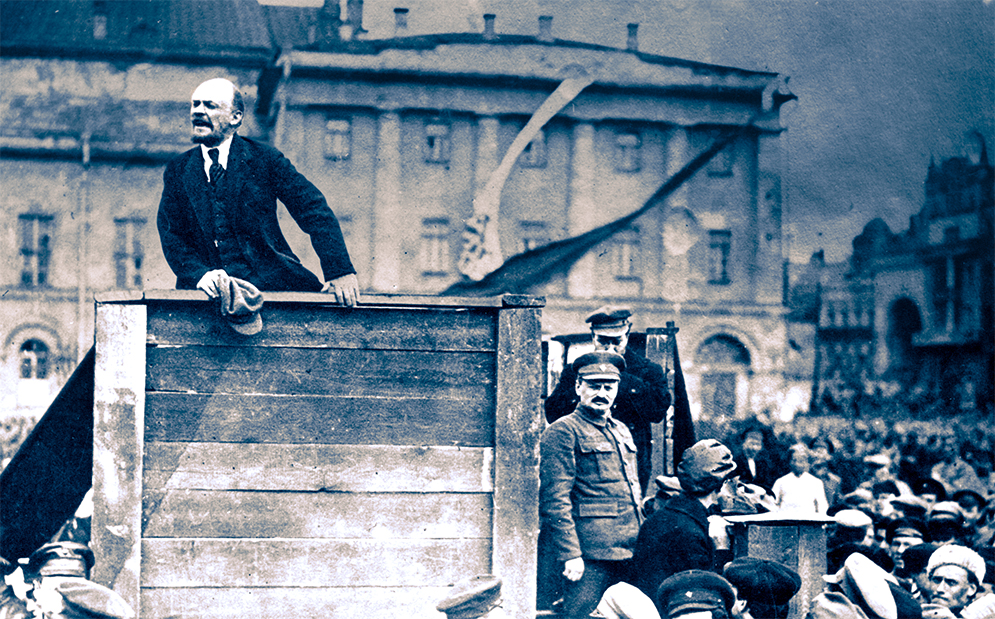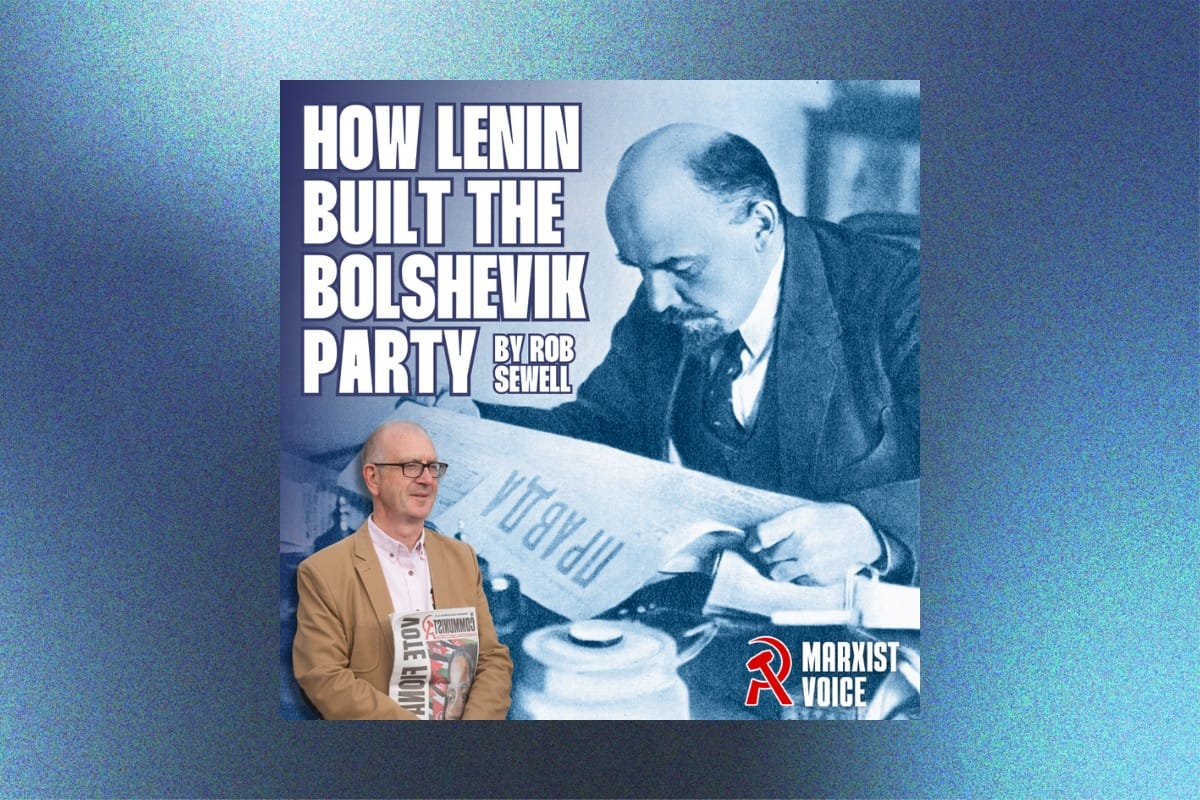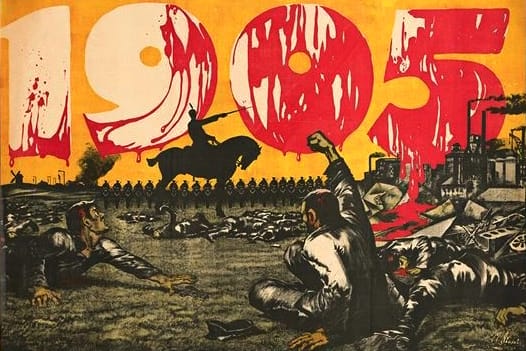Without a doubt John Reed (1887-1920) can be rightly said to have written one of the great books on the events of Red October in Russia 1917: Ten days that shook the world. This important work should be read by all socialists as a marvellous and vivid overview of events in revolutionary Russia.
However, John Reed the journalist, wrote extensively on many subjects and, as a communist, was keen to explain to American readers in particular what was going on in Russia and why. In late 1918, he had published two articles which dealt in detail with the question of how revolutionary Russia was now organising itself. The aim was to counter the capitalist lies that under the Bolsheviks Russia was in a state of anarchy and under the grip of some sort of dictatorship.
Reed’s intent was to show that in fact Russia was both very organised and very democratic and certainly able to achieve great things, as indeed it did. Of course, what Reed could not have foreseen is the way that in later years under Stalin and his cronies – as the revolution degenerated on the back of isolation, exhaustion, civil war and decay – these structures would continue in name only, as the Soviet state became dominated by bureaucrats and faceless officials, acting with their own interests at heart, a travesty of the ideas of Lenin and Trotsky.
The extracts from Soviets in Action published here come from the early section of the article and deals with the background and basic workings of the new state and the soviet bodies. Although, of necessity, the articles are quite detailed on technical workings, Reed’s aim is still clear – to prove that the new state could work as a system.
Without a doubt, the arguments presented here are as relevant today as they were in 1918 providing the case for how a future socialist state can operate.
Soviets in Action
 As all real socialists know, and as we who have seen the Russian Revolution can testify, there is today in Moscow and throughout all the cities and towns of the Russian land a highly complex political structure, which is upheld by the vast majority of the people and which is functioning as well as any newborn popular government ever functioned. Also, the workers of Russia have fashioned from their necessities and the demands of life an economic organisation which is evolving into a true industrial democracy.
As all real socialists know, and as we who have seen the Russian Revolution can testify, there is today in Moscow and throughout all the cities and towns of the Russian land a highly complex political structure, which is upheld by the vast majority of the people and which is functioning as well as any newborn popular government ever functioned. Also, the workers of Russia have fashioned from their necessities and the demands of life an economic organisation which is evolving into a true industrial democracy.
The Soviet state is based upon the Soviets – or Councils – of Workers, and Peasants’ Soviets. These Councils – institutions so characteristic of the Russian Revolution – originated in 1905, when, during the first general strike of the workers, Petrograd factories and labour organisations sent delegates to a Central Committee. This Strike Committee was named Council of Workers’ Deputies. It called the second general strike in the fall of 1905, sent out organisers all over Russia, and for a short time was recognised by the Imperial Government as the authorised spokesman of the revolutionary Russian working class.
Upon the failure of the 1905 Revolution, the members of the Council either fled or were sent to Siberia. But so astoundingly effective as a political organ was this type of union that all revolutionary parties included a Council of Workers’ Deputies in their plans for the next uprising.
In March 1917, when, in the face of all Russia rearing like a sea, the Tsar abdicated and Grand Duke Michael declined the throne, and the reluctant Duma was forced to assume the reins of government, the Council of Workers’ Deputies sprang fully-fledged into being. In a few days it was enlarged to include delegates of the Army, and called the Council of Workers’ and Soldiers’ Deputies.
Except for Kerensky the Duma Committee was composed of bourgeois, and had no connection with the revolutionary masses whatever. Fighting had to be done, order had to be restored, the front guarded. The Duma members had no way of executing these duties; they were obliged to appeal to the representatives of the workers and soldiers – in other words the Council. The Council took charge of the work of [the] Revolution, of co-ordinating the activities of the people, preserving order. Moreover, it assumed the task of assuring the Revolution against its betrayal by the bourgeoisie.
From the moment when the Duma was forced to appeal to the Council, two governments existed in Russia and these two governments struggled for the mastery until November 1917, when the Soviets, with the Bolsheviks in control, overthrew the coalition government.
The Soviet is based directly upon the workers in the factories and the peasants in the field. At first the delegates [from the] Workers’, Soldiers’ and Peasants’ Soviets were elected according to rules which varied with the needs and population of various localities. In some villages the peasants chose one delegate for each fifty voters. Soldiers in garrison were given a certain number of delegates for each regiment, regardless of its strength; the army in the field, however, had a different method of electing their Soviets.
As for the workers in the great cities, they soon found out that their Soviets became unwieldy unless the delegates were limited to one for each five hundred. In the same way, the first two All-Russian Congresses of Soviets were roughly based upon one delegate for each twenty five thousand voters, but in fact the delegates represented constituencies of various sizes.
Elections of delegates are based on proportional representation, which means that the political parties are represented in exact proportion to the number of voters in the whole city. And it is political parties and programmes which are voted for – not candidates. The candidates are designated by the central committees of the political parties, which can replace them by other party members. Also the delegates are not elected for any particular term, but are subject to recall at any time. No political body more sensitive and responsive to the popular will was ever invented. And this was necessary, for in time of revolution the popular will changes with great rapidity.
[Reed goes on to outline how the Soviets linked together in a national structure. Delegates from the Soviets were elected to the All-Russian Congress of Soviets. They in turn elected a Central Executive Committee of the Russian Soviets which functioned as the “parliament’ of the Russian Republic.”]
The Central Executive Committee elects from its midst eleven Commissars, to be chairmen of committees in charge of the different branches of government, in place of ministers. These Commissars can be recalled at any time. They are strictly responsible to the Central Executive Committee. The Commissars elect a chairman. Ever since the Soviet Government has been formed, this chairman – or Premier – has been Lenin. If his leadership were unsatisfactory, Lenin could be recalled at any moment by the delegation of the masses of the Russian people, or in a few weeks’ time directly by the Russian people themselves.
The chief function of the Soviets is the defence and consolidation of the Revolution. They express the political will of the masses, not only in the All Russian Congresses, for the whole country, but also in their own localities, where their authority is practically supreme. This decentralisation exists because the local Soviets create the central government, and not the central government the local Soviets.
In spite of local autonomy, however, the decrees of the Central Executive Committee, and the orders of the Commissars, are valid throughout all the country, because under the Soviet Republic there are no sectional or private interests to serve, and the cause of the Revolution is everywhere the same.






